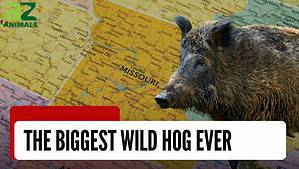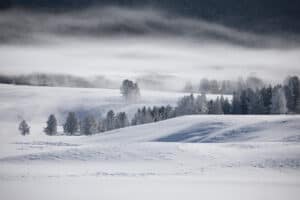When it comes to darkness, many animals adapt to living in total darkness. These are different than animals you see wandering around at night like big cats that have larger eyes to allow them to see better at night. Moles and badgers also have small eyes but heightened other senses or whiskers to make up for digging around in the dirt.
However, some animals have adapted more than others. Some animals live in complete darkness and have adapted to these environmental extremes. For those that have lived in caves for a long time, they no longer grow eyes. There are a few other adaptations as well.
To learn more about the unique adaptations some animals make when they live in total darkness, keep reading below.
1. Kaua’i Cave Wolf Spider (Adelocosa anops)
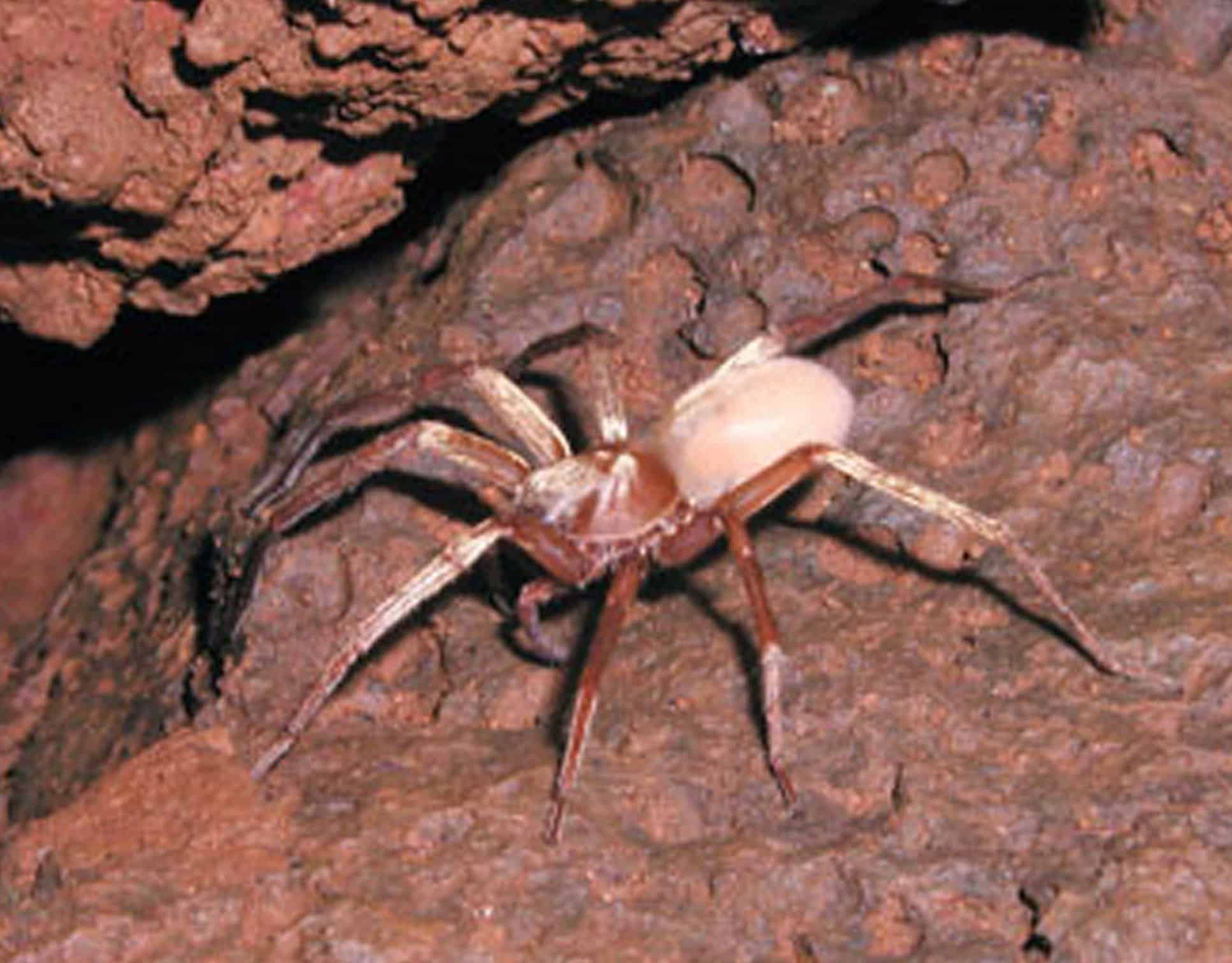
Since they live in complete darkness, these spiders no longer have any need to grow eyes.
©Gordon Smith, Public domain, via Wikimedia Commons
Like with many small cave insects, the Kaua’i cave wolf spider isn’t easy to find. It was first discovered in 1971 and is only found in a few areas in Hawaii.
Most wolf spiders are easily identified by their unique eyes. They have a total of eight eyes, but there are two large ones in the middle row. However, these cave wolf spiders are completely lacking eyes.
Thanks to the sensory hairs on their legs, this spider is still able to catch their prey. While many spiders have sensory hairs, the Kaua’i cave wolf spider has adapted to cave life by growing even longer hairs. This allows them not only to sense the smallest of sounds from a distance but also to navigate through caves safely.
2. Olm (Proteus anguinus)
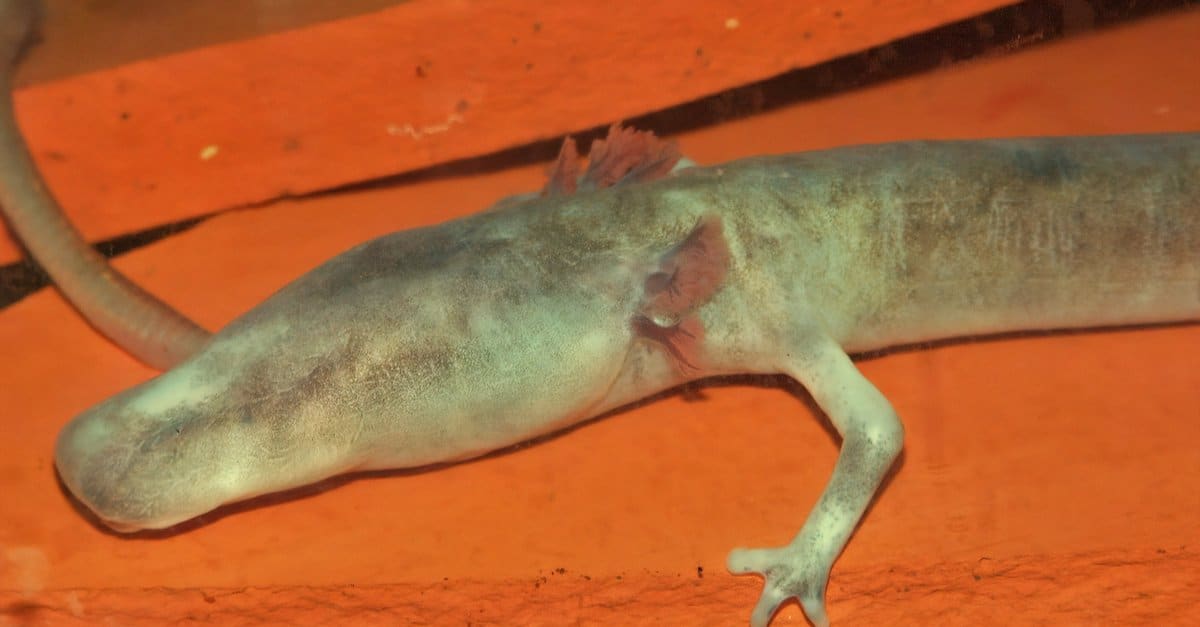
These little salamanders look a little creepy as they don’t have any eyes or place for eyes to sit.
©Wirestock Creators/Shutterstock.com
Olms are cute and small animals, but they’re rather durable. Research has found that they can live up to 10 years without food. They’ve also been found to live to at least 58 years old.
They are an ancient species, moving away from other amphibians about the same time that birds started to evolve.
Due to them living entirely in caves, the olm is well-adjusted to total darkness. They can’t see but their other senses including smell, electrosensitivity, hearing, and taste, are all highly refined.
Not only are olms unique due to their adaptations, but they’re the only vertebrate that lives in the caves of Europe for the entirety of its life.
3. Dinner Plate Jellyfish (Solmissus)
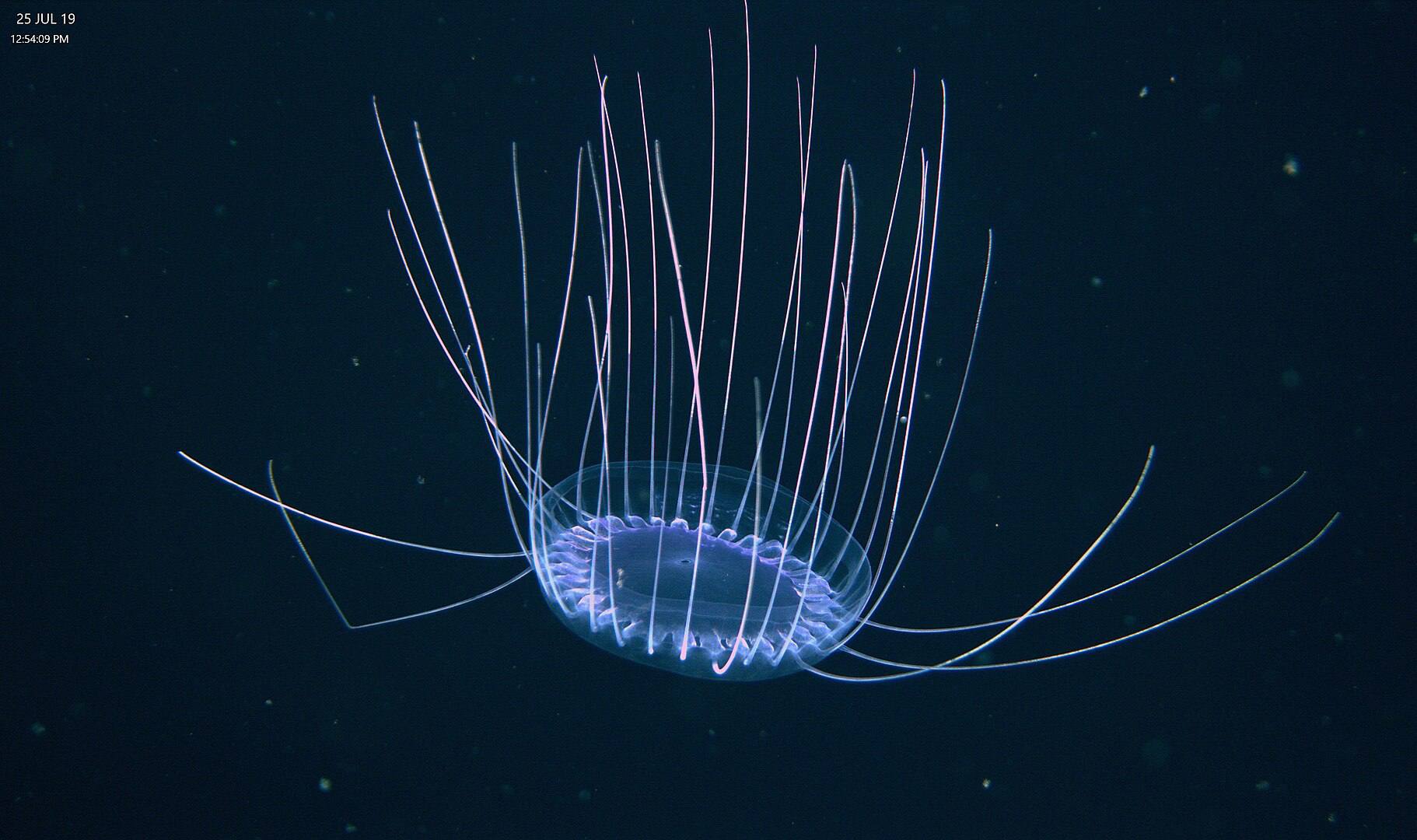
Though these jellyfish are common in the depths, it’s hard to get information about them.
©NOAA Ocean Exploration & Research from USA, CC BY-SA 2.0, via Wikimedia Commons - License
The dinner plate jellyfish belongs to the Solmissus genus. Its name comes from the rather flat bell that they have, instead of the cup or bell shape that many other jellyfish have.
They live in complete darkness deep in the ocean. Dinner plate jellyfish are commonly found around 2,300 to 3,300 feet under the surface of the water.
Unlike other jellyfish, the dinner plate jellyfish actively hunts for prey. They are often found with their tentacles facing up as they search for other jellyfish and plankton that come close.
There’s not a lot known about these jellyfish, as they live so deep in the ocean. However, it’s thought that this predation method came about due to the depth and darkness of the deep ocean, though it’s not yet clear why the change is necessary.
4. Remipede (Remipedia)

Despite the name, remipedes aren’t some variation of centipedes or millipedes.
©Speleonectes_tanumekes_unlabeled.png: Joris van der Hamderivative work: Peter coxhead, CC BY 2.5, via Wikimedia Commons - License
So far, the remipede has been found only in karst systems in Central America, the Canary Islands, Western Australia, and the Caribbean. Though they were first described in 1981, there isn’t much known about these animals.
What is known about them is fairly surface-level. Remipedes swim on their backs, have 32 segments of their trunk, and possess both male and female sexual parts.
Because they live solely in dark caves and water, they lack both pigmentation and eyes. This is also why they are solely white to translucent.
5. Northern Wolffish (Anarhichas denticulatus)
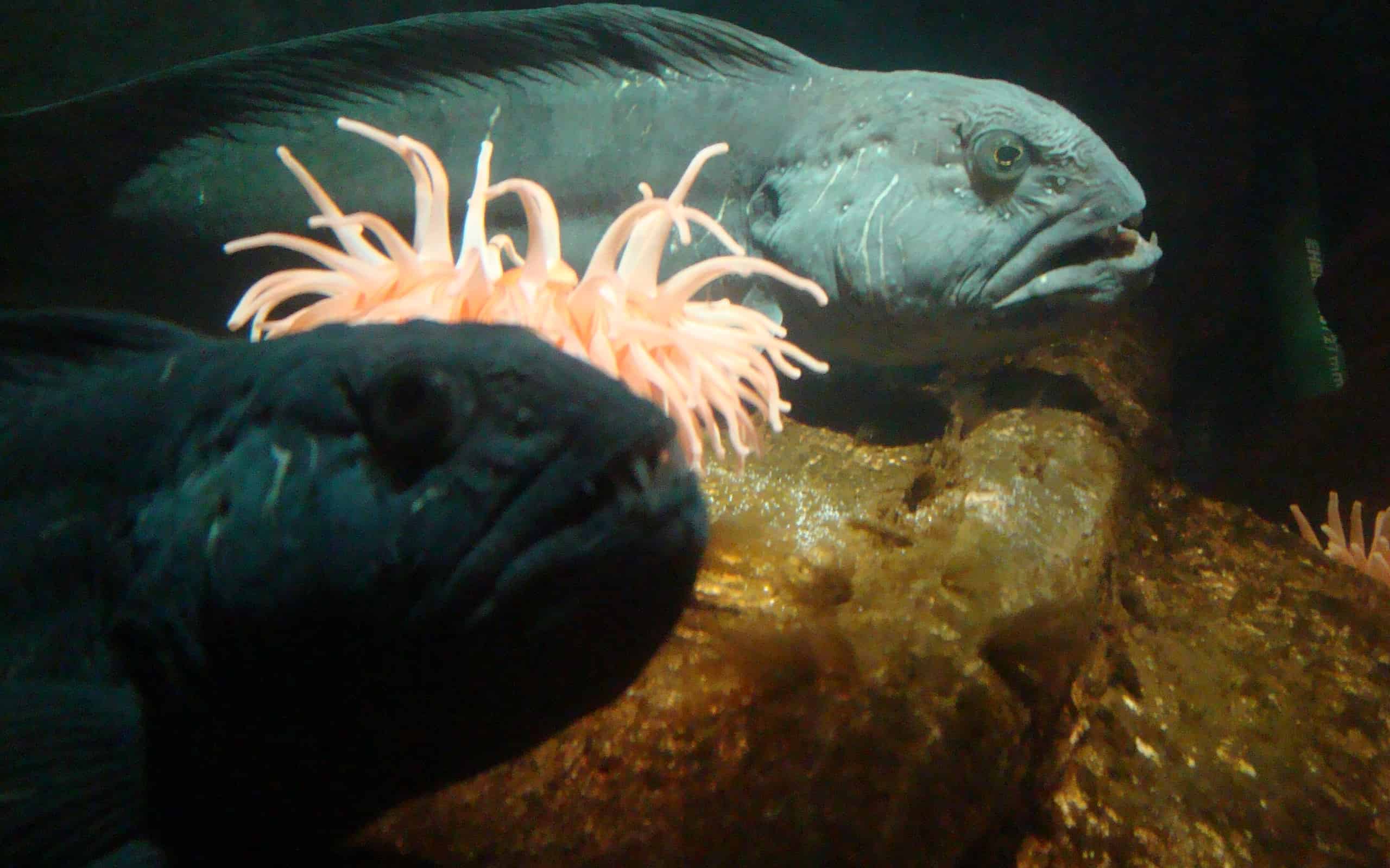
There are other species of wolffish that scientists know more about but the northern wolffish is still a mystery.
© Spencer Wright, CC BY 2.0, via Wikimedia Commons - License
Northern wolffish have had to adapt to handle harsh habitats. not only do they live in almost complete darkness as they are found anywhere up to 5,500 feet below the surface of the ocean, but they like colder areas of the water such as the North Atlantic.
To combat the cold, these wolffish have a compound in their bodies that prevents blood from freezing. Besides this, not much is known about the species, as it lives in deep enough levels to make it difficult to purposefully fish for and research.
However, it seems able to alternate between relatively shallow ocean levels around 400 feet and 4,000 feet or lower without a problem. It also doesn’t have a buoyancy sack that allows it to float, so it must keep swimming or sink.
6. Giant Tube Worms (Riftia pachyptila)

Tube worms can’t move, live in total darkness, and have no way to eat, but they manage to survive anyway.
©NOAA Okeanos Explorer Program, Galapagos Rift Expedition 2011, Public Domain, via Wikimedia Commons - License
Not only do giant tube worms live in total darkness, they live without oxygen, a mouth, or an anus. These tubeworms live near hydrothermal vents. They use hydrogen sulfide that comes out of the vents as food and are considered extremophiles thanks to their unique situation.
They’re able to do all of this with the help of symbiotic bacteria. The bacteria takes the hydrogen sulfide and converts it into nutrients for both themselves and the tubeworms. This is a process known as chemosynthesis. The bacteria benefit from the relationship by having a safe home and getting nutrients from the animal.
Though it lives in darkness, the giant tubeworm still has some color. Specifically, the plume of the tube worm is bright red. It looks similar to the gill of other marine animals. This isn’t to attract prey. It is full of blood, which explains the bright red color.
These plumes are what help bring in oxygen and hydrogen sulfide from the water into the animal. Most animals can’t do this, because hydrogen sulfide fights with oxygen when it comes to binding to hemoglobin. However, giant tube worms have adapted to carry both without reducing their oxygen levels.
7. Mexican Tetra (Astyanax mexicanus)
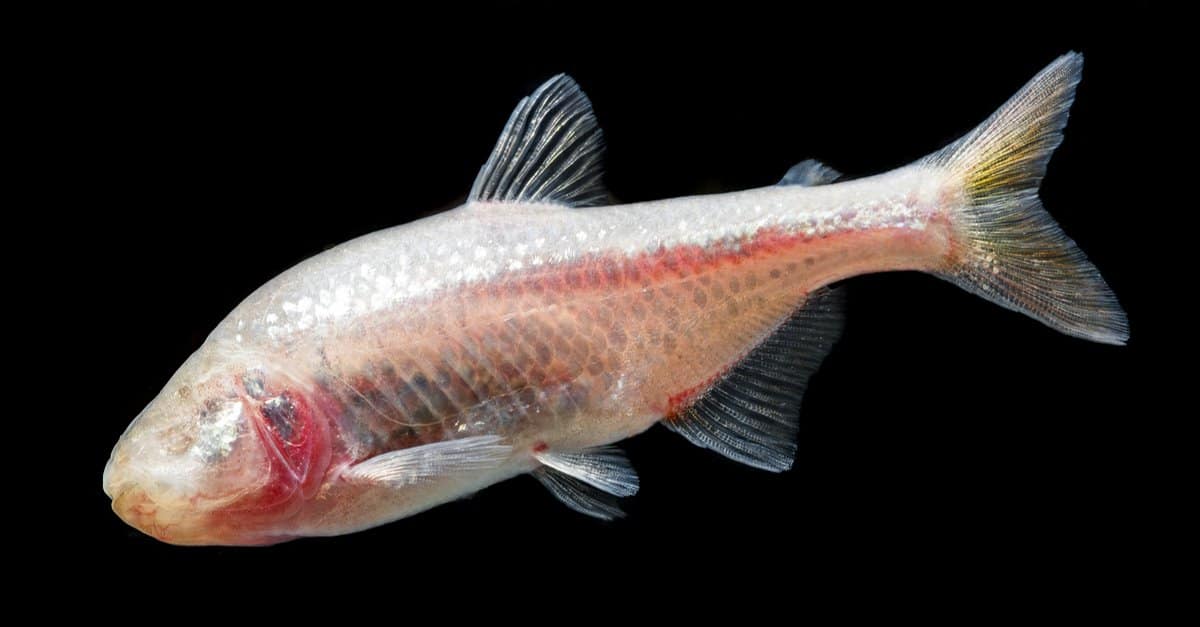
These little fish are usually bright blues and red, but the cave-dwelling versions of the tetra are almost see-through.
©Kuttelvaserova Stuchelova/Shutterstock.com
In Mexico, there is a small fish species given the name Mexican tetra. There are actually two versions of the fish. One lives in rivers and looks like a normal fish. The other is a group that started evolving likely around 20,000 years ago when it first started living in dark caves.
The ones that live in the caves are completely blind. They have no eyes. They’ve also developed to be incredibly pale features and no longer have colors.
More recently, information has come out that these little fish have continued to evolve to communicate in the darkness. While fish making small noises to communicate is rather normal, it appears that the fish have adapted their communication to better fit the caves, such as noises to warn about predators.
Additionally, groups in different caves appear to have different sounds. Scientists have determined that this will likely lead to the individual groups turning into their own species or subspecies at some point.
Summary of Animals That Have Adapted to Complete Darkness
| List Number | Animal Name | Where They Live | Adaptations to Living in the Dark |
|---|---|---|---|
| 1 | Kaua’i Cave Wolf Spider | In caves in a small portion of Hawaii | No eyes and extra long sensory hairs |
| 2 | Olm | Europe in caves | No eyes, heightened other senses including electrosensitivity |
| 3 | Dinner Plate Jellyfish | In the depths of the ocean | Actively hunt prey instead of waiting around |
| 4 | Remipede | Karst cave systems | Lacks pigmentation and eyes |
| 5 | Northern Wolffish | In the depths of cold parts of the ocean | Small eyes and their blood doesn’t freeze |
| 6 | Giant Tube Worms | The bottom of the ocean near thermal vents | Bonds with bacteria to get nutrients and has ways to bond blood with oxygen and hydrogen sulfide |
| 7 | Mexican Tetra | Caves in Mexico | No eyes, no color and new forms of communication |
The photo featured at the top of this post is © Motiongrapher/Shutterstock.com
Thank you for reading! Have some feedback for us? Contact the AZ Animals editorial team.




